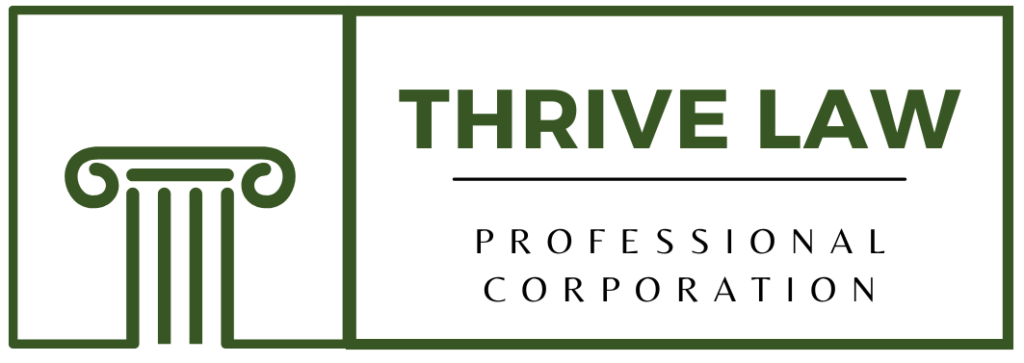
Hi! beautiful people. I`m an authtor of this blog. Read our post – stay with us

Unfairly treated or fired at work?

Workplace discrimination can have serious consequences for both employees and organizations. It undermines morale, productivity, and trust, while also exposing companies to legal liabilities and reputational harm.
Discrimination occurs when individuals are treated unfairly based on personal characteristics such as race, gender, religion, disability, or age. In Canada, laws like the Canadian Human Rights Act and the Employment Equity Act prohibit such practices and require employers to create equitable and inclusive workplaces.
A robust anti-discrimination policy serves as the foundation for an inclusive workplace. It should clearly define what constitutes discrimination, including examples of prohibited behaviors such as racial slurs, gender-based harassment, or exclusionary practices against individuals with disabilities.
For instance, one of our clients faced challenges when their employer failed to accommodate their disability—a violation of both legal obligations and ethical standards.
Employees must have access to confidential reporting systems to voice concerns without fear of retaliation. At Thrive Law, we’ve supported clients whose complaints were mishandled due to lack of clear procedures.
A well-defined process ensures fairness—for example, outlining who will investigate complaints and how findings will be addressed. This consistency builds trust among employees.
Policies must be enforced uniformly across all levels of the organization. Leadership accountability is critical; favoritism or leniency for senior staff can erode trust. Regular reviews ensure policies stay aligned with evolving laws and best practices.
Training equips employees with the knowledge to recognize and combat discrimination. We often advises clients to incorporate real-world scenarios into training sessions—like addressing unconscious bias during hiring or promotions—to make them relatable and impactful.
Unconscious bias can subtly influence decision-making in hiring, performance evaluations, or promotions. Training programs should help employees identify these biases and adopt strategies to mitigate them.
For example, blind recruitment methods can reduce bias in hiring processes.
Managers play a pivotal role in fostering inclusivity. Targeted training prepares them to handle complaints effectively and model inclusive behavior. Continuous learning ensures they stay informed about new policies and practices.
Creating an inclusive culture goes beyond policies—it requires intentional actions that promote respect and belonging. At Thrive Law, we’ve seen how initiatives like celebrating cultural diversity or supporting Employee Resource Groups (ERGs) can strengthen workplace bonds.
Encouraging employees to voice concerns without fear is essential. Anonymous feedback systems can provide valuable insights into workplace dynamics while protecting employee identities.
Recognizing cultural differences through events or initiatives fosters appreciation for diverse perspectives. For instance, organizing workshops during International Women’s Day or Neurodiversity Week can highlight contributions from underrepresented groups.
Leadership sets the tone for workplace culture. Leaders must actively enforce anti-discrimination policies while modeling inclusive behavior. We’ve worked with organizations where leadership accountability transformed toxic environments into thriving workplaces
Establishing fair mediation programs ensures complaints are addressed effectively. This approach not only resolves conflicts but also reinforces trust in organizational systems.
Preventing discrimination is an ongoing process that requires monitoring and adaptation. Metrics like complaint resolution rates, employee engagement scores, or equity audits can help organizations gauge their progress.
Regular surveys provide insights into workplace culture and highlight areas for improvement. For example, one client used feedback from exit interviews to identify systemic barriers in their promotionprocesses.
Organizations must stay updated on changes in discrimination laws to avoid legal pitfalls. Consulting legal experts ensures policies remain compliant while addressing complex cases effectively.
Preventing discrimination isn’t just about compliance—it’s about creating workplaces where everyone feels empowered to thrive.

I’m Saad Mirza, the founder of Thrive Law, a employment law firm dedicated to helping employees across Ontario navigate challenging job terminations and workplace issues.
Copyright © 2025 All Rights Reserved By Thrive Law